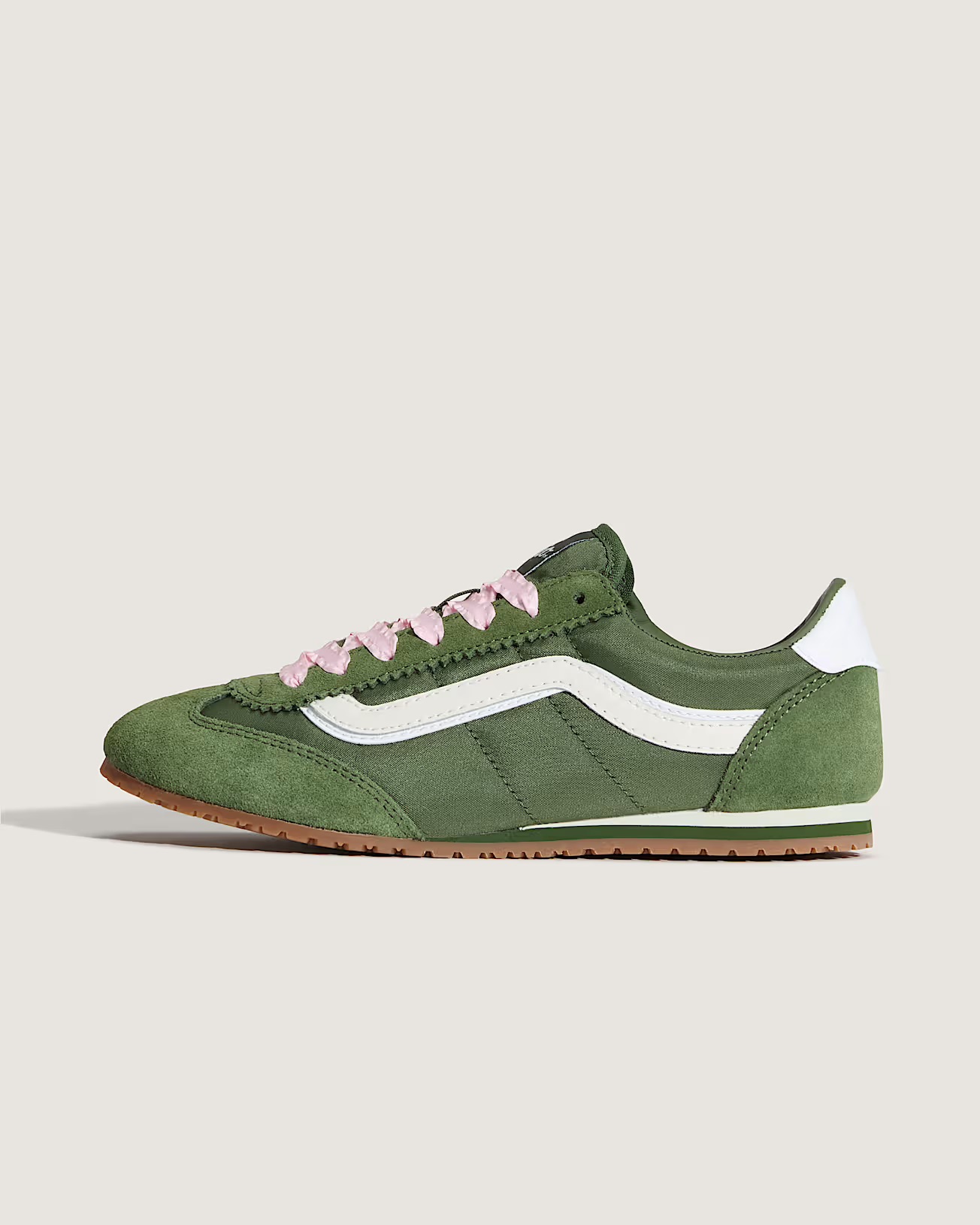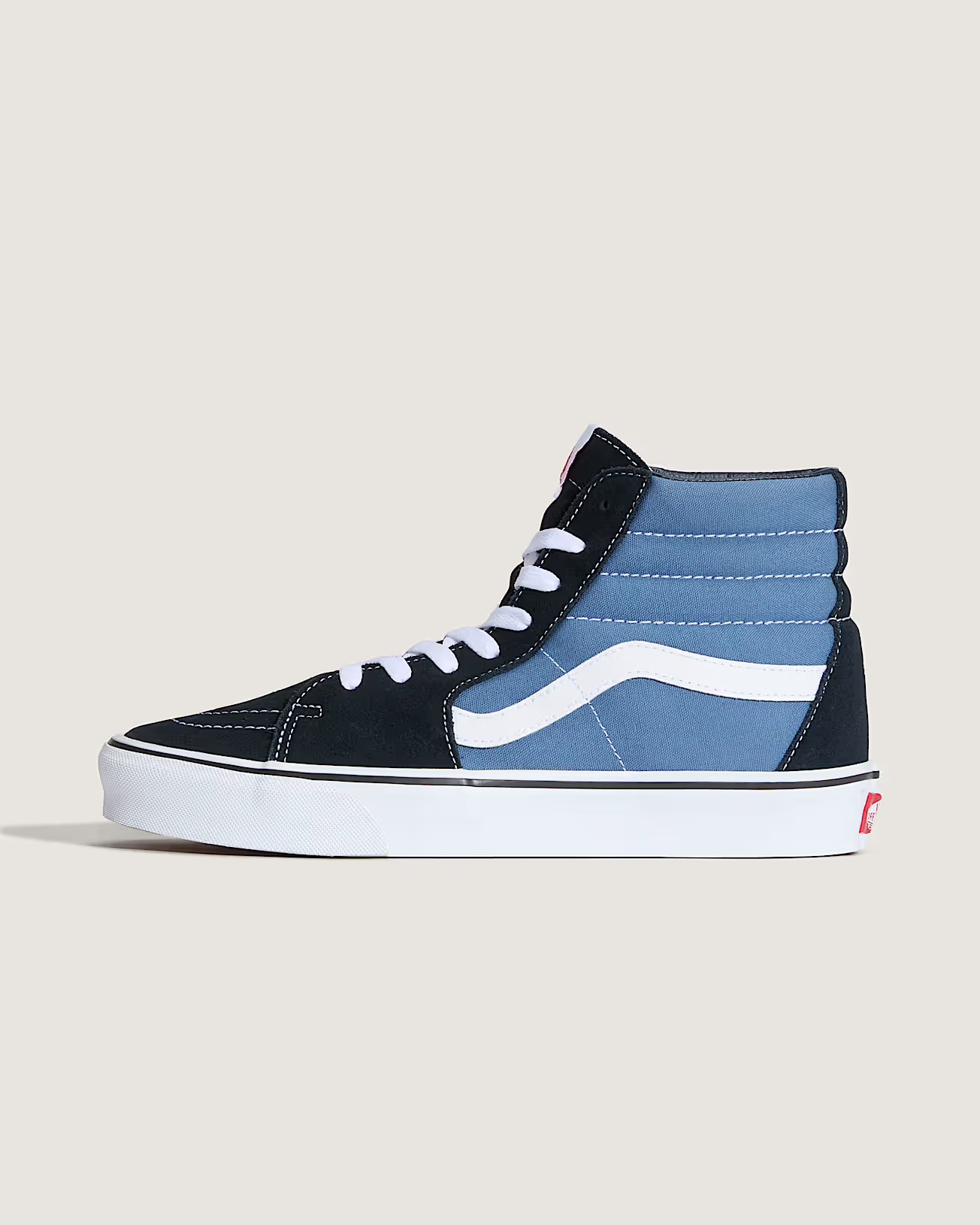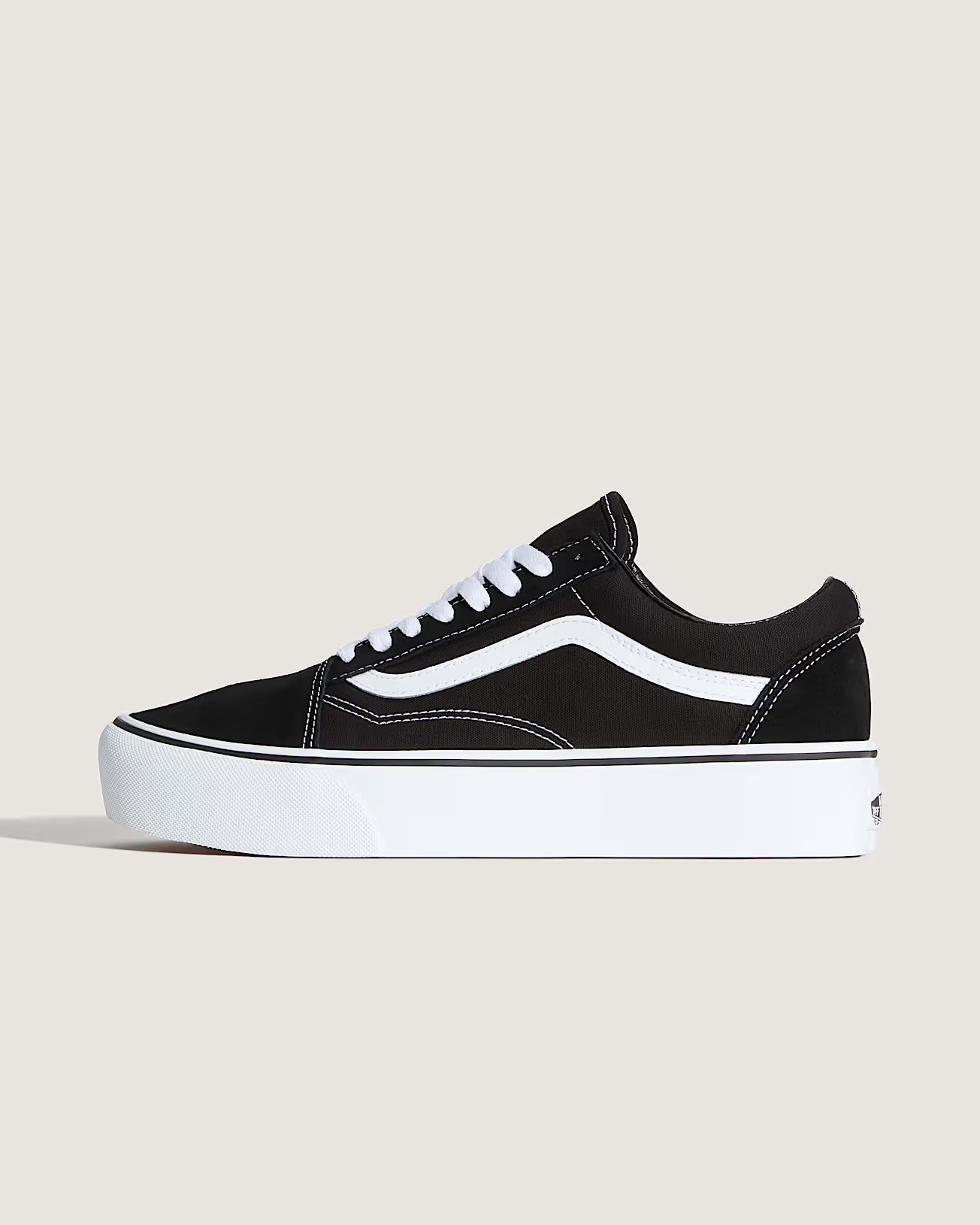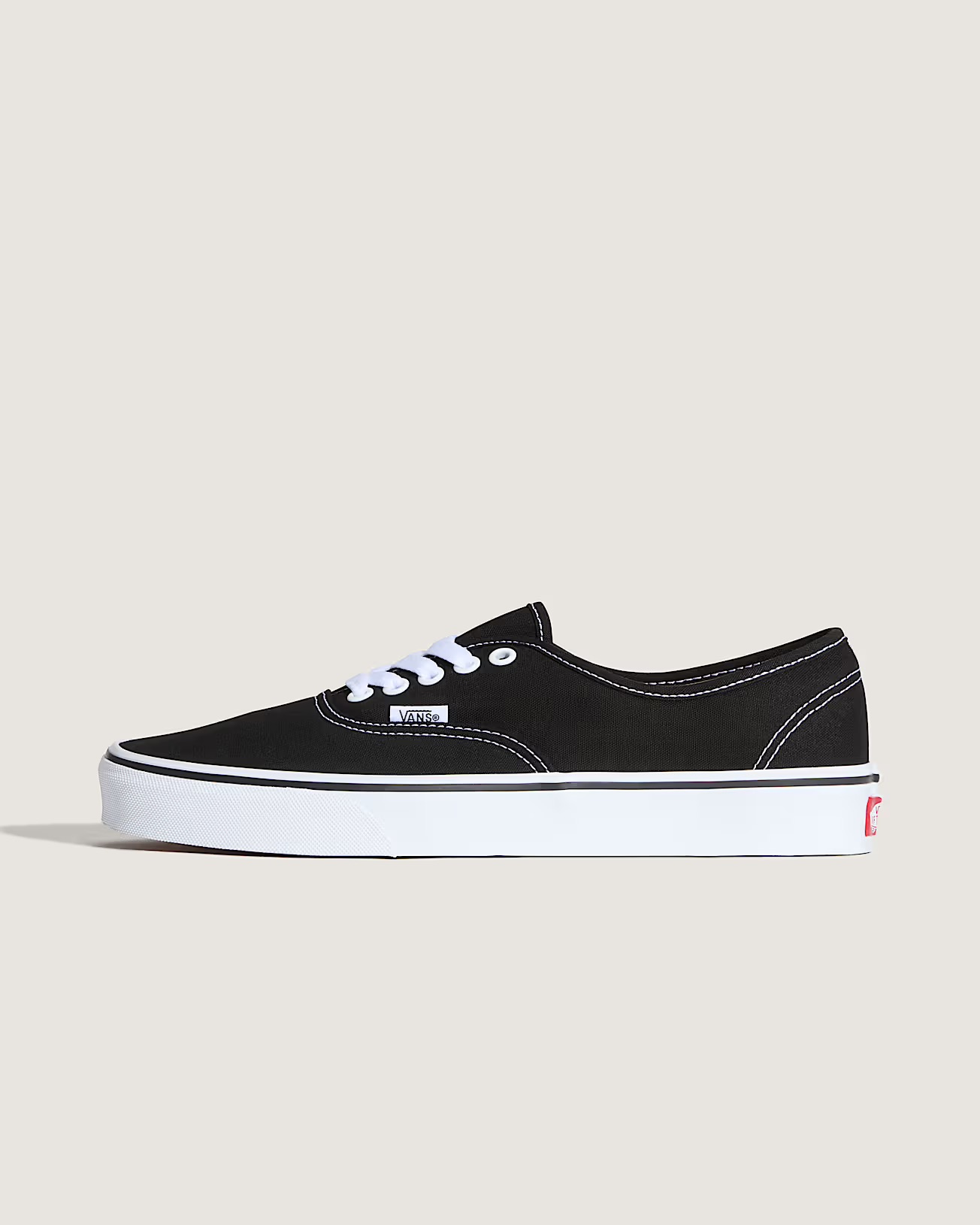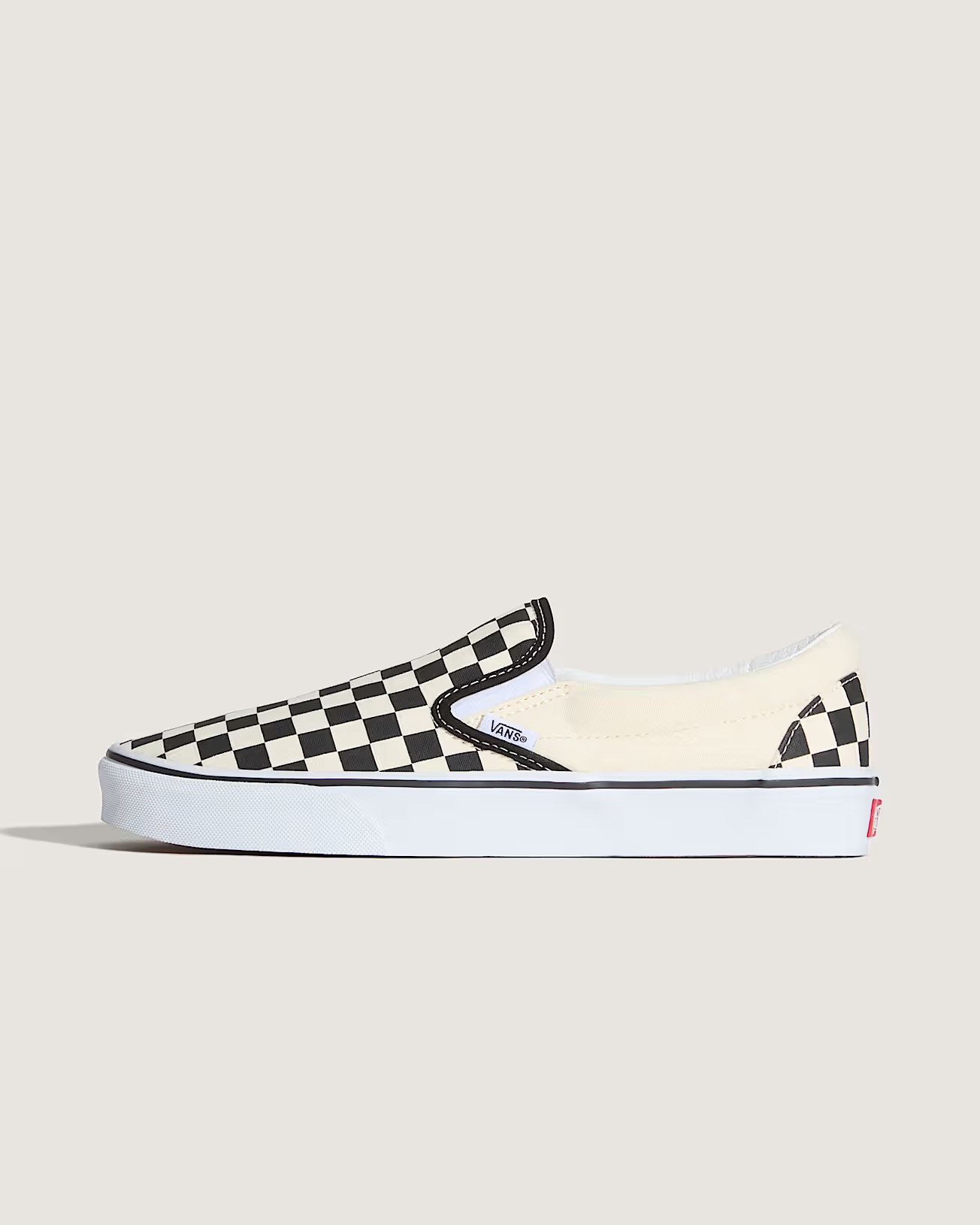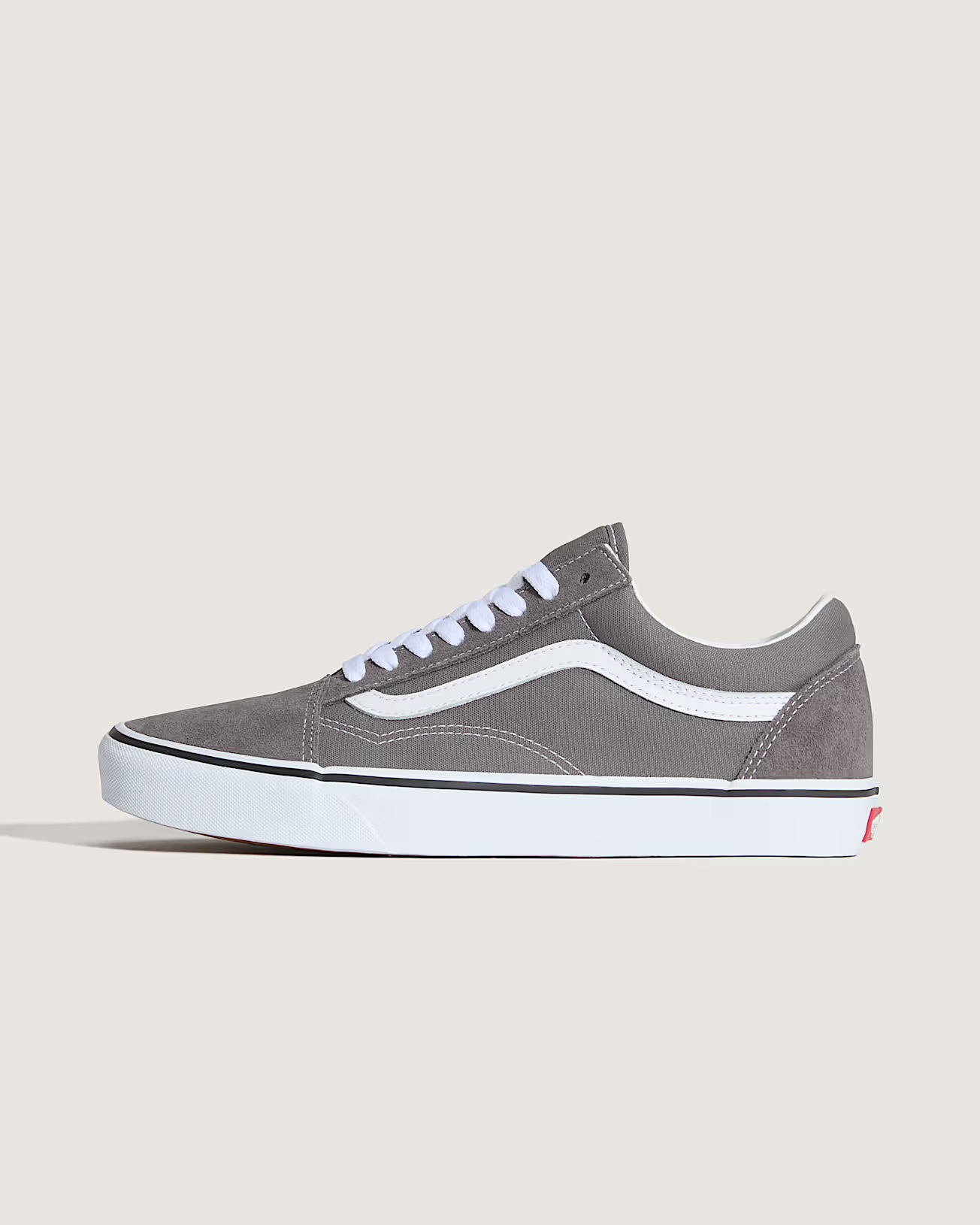60 years of Vans: A brief history, from Z-Boys and skaters to sneaker staples
How the deck shoe become an icon of slacker culture — and one of the most-loved sneaker brands in the world.
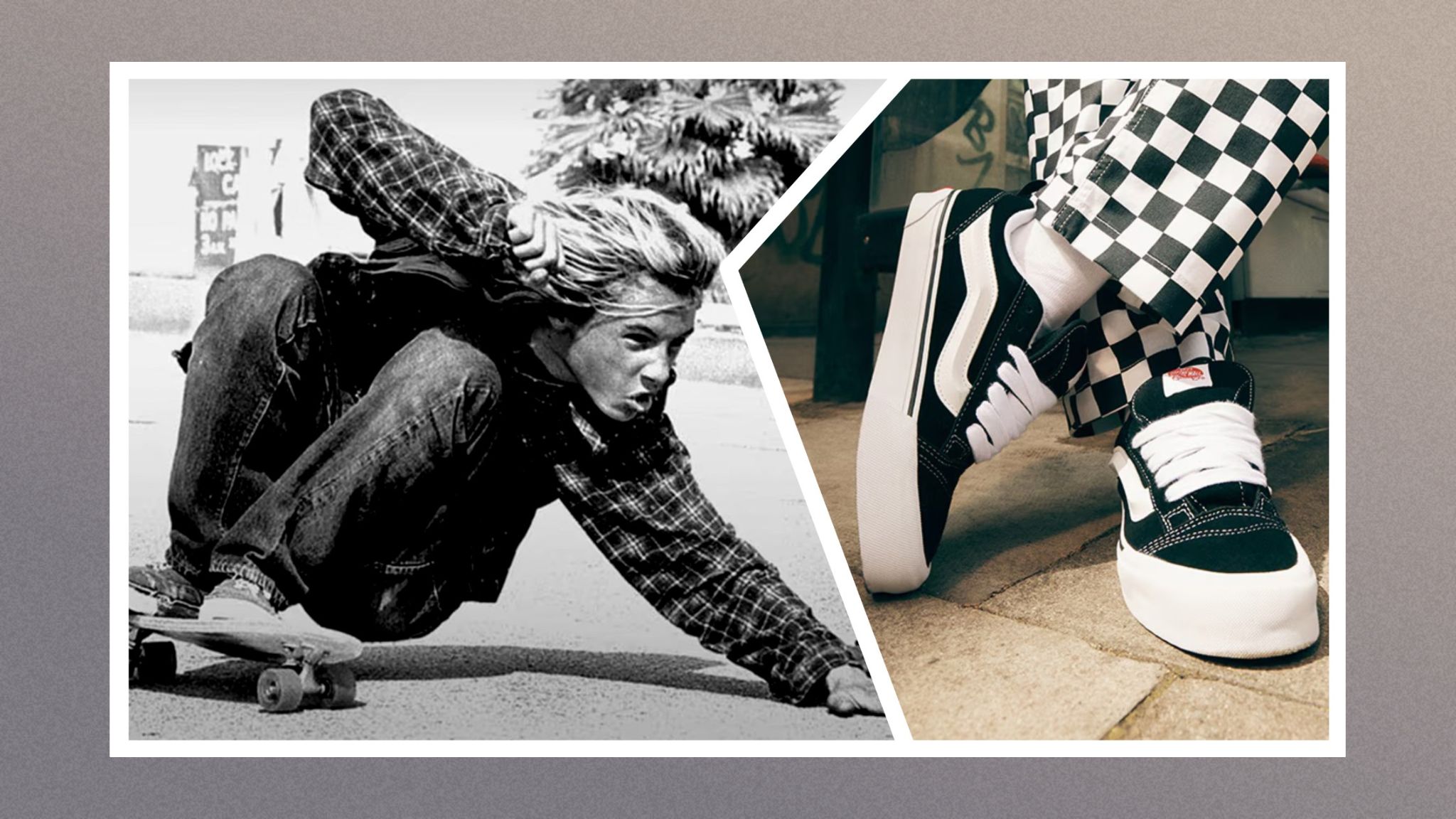
Paul Van Doren always said that when, 60 years ago this year, the Z-Boys competed at California’s Del Mark Skateboarding Contest, they “changed the course of skateboarding”.
The team - more accurately known as the Zephyr skate crew - turned up wearing matching baggy outfits and deck shoes, the footwear of choice by those into this fledging sport.
Skateboarding in 1975, remember, wasn’t the multi-billion dollar industry it is now, but a mostly esoteric activity among West Coast American dudes who wanted something to do while they couldn’t surf.
Many of those skaters were from what Van Doren would call “the wrong side of the tracks. They were idiosyncratic, creative, independent - they were seen as the ‘freaks’ of the sport. In so many ways, they were our people”.
A shoe for skaters
The buzz around the Z-Boys reminded Van Doren - founder of the Van Doren Rubber Shoe Company - of the fuss he’d seen around various athletes and their shoes at the Munich Olympics.
What if he could buy his company some of that outsider cool by tapping into this new action sport and the generation that enjoyed it? After all, skaters had long been coming to the House of Van Doren stores to buy its Authentic deck shoes - in part because they’d sell them as single shoes (one would always get worn out faster), in part because that all-rubber sole gripped a board like nothing else - and many had suggested that the company make a shoe designed for skaters.
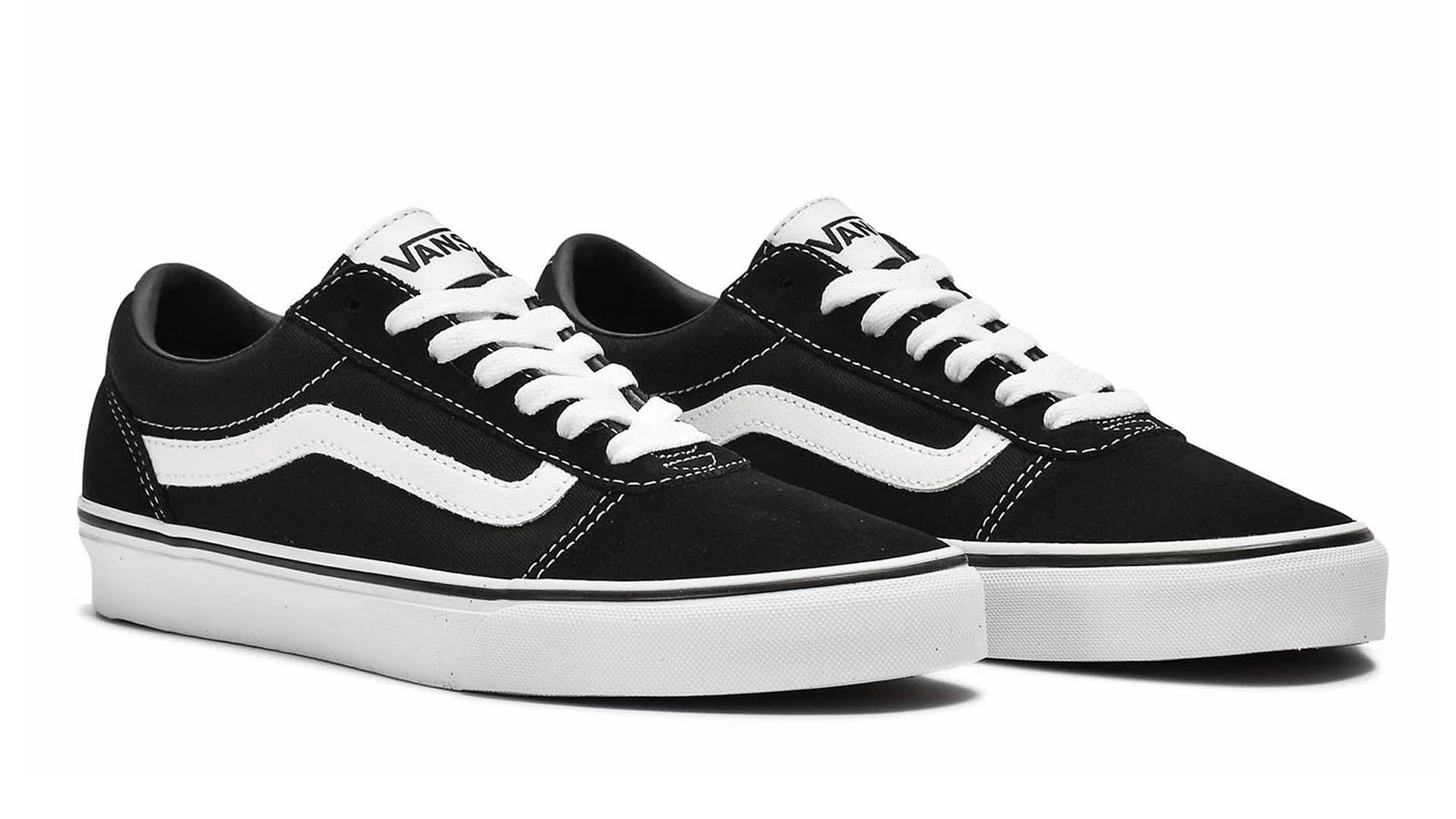
So Van Doren - who died four years ago at the age of 90 - decided to take them at their word: he invited in Tony Alva and Stacy Peralta, the up-and-coming stars of the scene, to give their ideas as to what would make the ideal shoe for them: the right padding here, the right reinforcing there, the right thickness of canvas, the right kind of sole… What followed, dubbed the Era, was the first dedicated skate shoe. It would be signed with the name that local skaters had long called Van Doren’s operation: Vans.
Get exclusive shortlists, celebrity interviews and the best deals on the products you care about, straight to your inbox.
That’s the Vans that, despite being a mom ’n’ pop business (although now owned by the VF Corporation - owner too of The North Face and Timberland, among other brands) that might not always inspire sneakerheads, or generate queues on the block on release days, but has in some way has resonated more than rival names in sports shoe.
Look to the catwalks of Dior, Chanel or Jonathan Anderson now and Vans-inspired vulcanised sneakers are everywhere - the trend moving away from pumped-up and crazily-shaped trainers towards the more dialled down. That’s leading VF Corporation to predict a healthy bump in Vans sales over the next few years. As the skate world gets bigger, so does Vans.
A cultural force
It’s a reminder too of how, over the decades following that Z-Boys revelation, Vans would - through its sponsorship deals and its own global events - become arguably the driving force behind the development of skateboarding, as a sport, as a style and (given its associations with music) as a wider culture.
Indeed, while the likes of Nike and Adidas may be much, much bigger companies, arguably neither of them would prove intrinsic to a specific sport like Vans would be. None of them would help to define a streetwear aesthetic or lifestyle - that Californian, indie ’slacker’ cool - as Vans did.
Remarkably, while the athletics giants introduce dozens of new styles every season, Vans has got by on just a handful. The difference? Every simple style - notably the Authentic, the Era, the Slip-On, the Old-Skool and the Half-Cab - has stuck around long enough to become a classic. Van Doren, in fact, didn’t regard Vans to be a sports shoe company at all, but a maker of durable, affordable, multi-purpose vulcanised footwear, “modest and without pretension”.
“[Yet] since skateboarders are such trendsetters - always setting the pace for fashion, art, music, and all the things that kids are crazy about - the kids who don’t skate want to wear Vans too,” as Alva would explain.
“It’s the same reason we wanted to wear them when we were kids - because the surfers wore them and the surfers were the coolest guys in the neighbourhood”.
Fast times, free-wheeling collaborations
Not that the company didn’t make some pioneering moves along the way: it was the first footwear brand to make on site and sell direct to the public (rather than through department stores); it replenished its stock every day; it was happy to take custom orders: you want a pair in pink? No problem. Shoes in odd sizes, also no problem. It was probably the company that invented BOGO or Buy One Pair, Get a Second Half Price. In its spirit it was free-wheeling, not corporate. “Keep it fun. Don’t take yourself too seriously,” as Alva would describe its winning attitude.
Of course, the company would have its lucky breaks too. Take, for example, when a production company called to ask Vans if it could supply shoes to be worn by a little known actor by the name of Sean Penn, in a new film called Fast Times at Ridgemont High (1982).
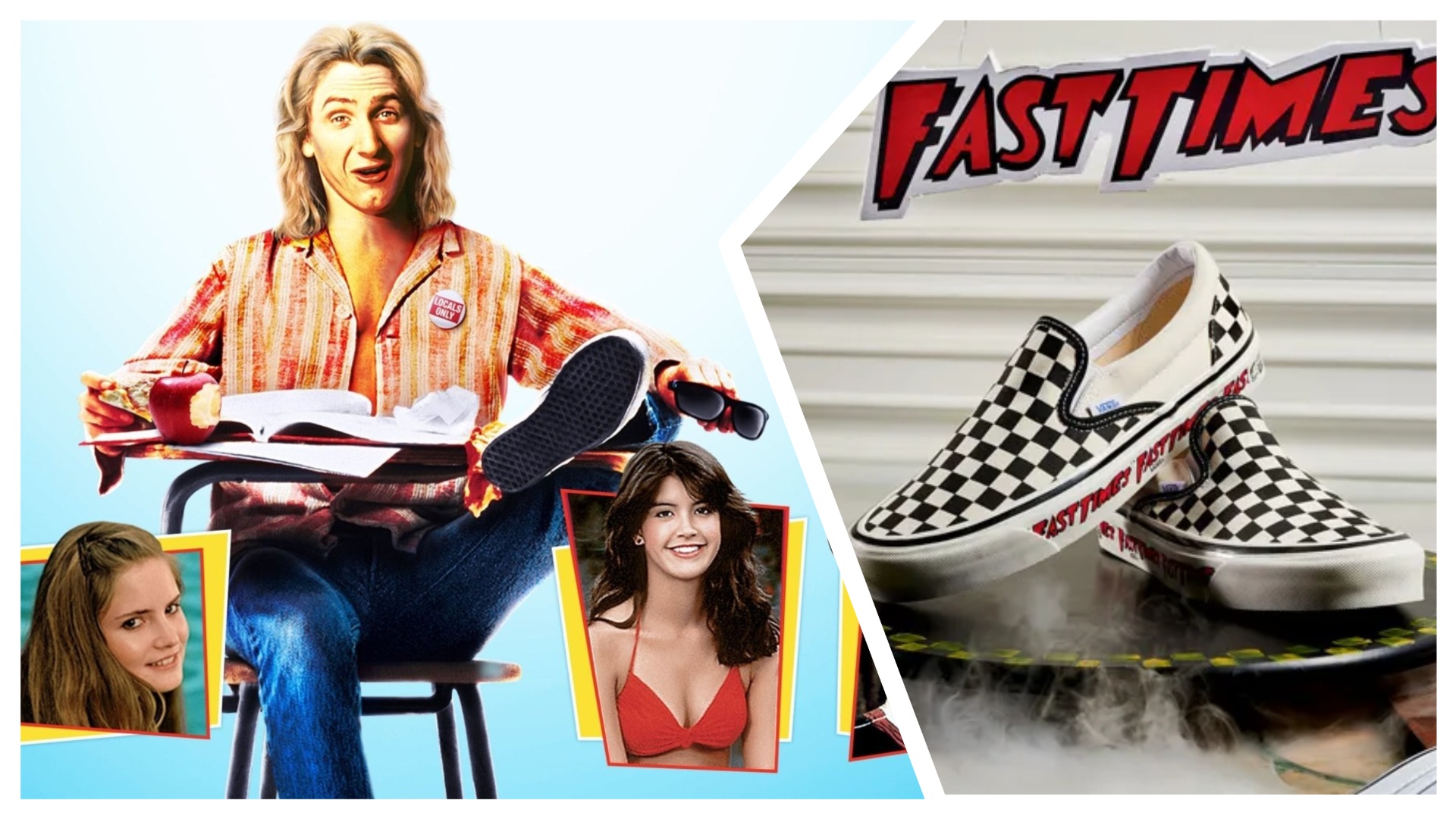
Being in that film doubled Vans revenues and helped make the checkerboard slip-on style that Vans provided not only a fashion icon - but also an endlessly copied everyman (and every kid) shoe that would make it the perfect foil for collaborations.
Partnerships have been as hugely diverse as those with Supreme, the Frida Kahlo Foundation, The Simpsons, street art legends Kaws and Futura, Metallica, Vivienne Westwood, Jared Leto, the Harry Potter and Beatles licences and, this autumn, with both the cult Japanese label Undercover and Blink-182’s drummer Travis Barker. He now has a Vans shoe featuring his favourite tattoos.
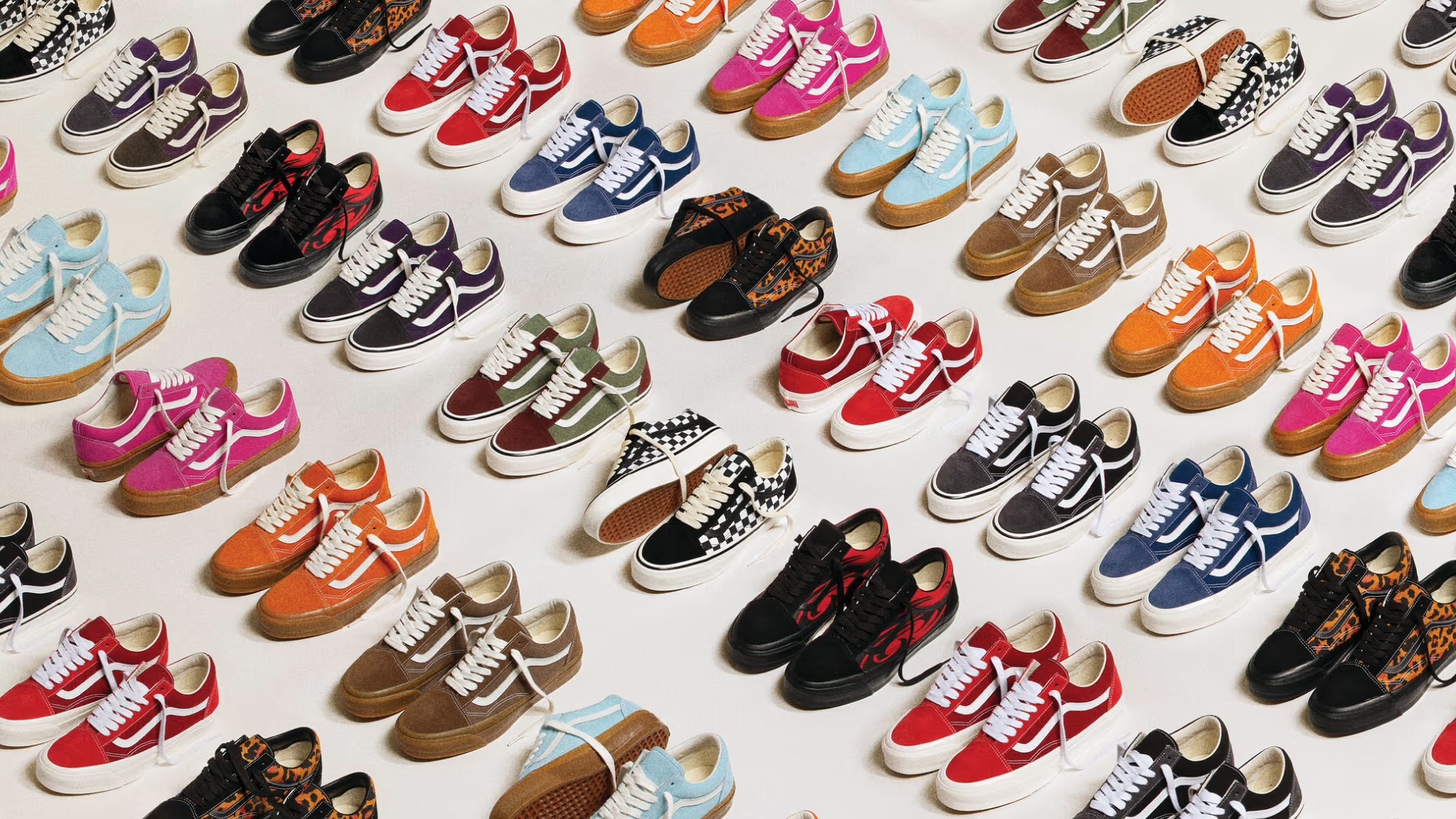
“In fact, I’d say the unique thing about Vans is that I was kid in the 1970s and might now have children and my children have children, [yet] all three generations may be wearing Vans - the old fart like me, my daughter and, when she has them, her kids,” as Paul Van Doren would note. “It’s a brand that crosses generations - people grow up wearing them and keep with them.”
Vans would also have its close calls. It survived two almost disastrous business moves in the late 1980s and early 1990s: it started to make shoes for all imaginable sports - at one point you could buy Vans sky-diving shoes and Vans wrestling shoes - and it started to make its shoes outside of the US, with an impact on quality. It would be Steve Van Doren - Paul’s son - who persuaded management to roll back these decisions, just in time, and re-focus on its core customer.
“It’s really the trend-setting kids that tell us what we have to be, when they go to school and watch what each other are wearing,” Steve Van Doren has explained.
“Some brands are just associated with certain lifestyles. We’re more west coast than east coast. We’re more solo sports than we are team sports, which the big athletics brands like Nike tap into. We’re more rock and punk than we are hip-hop, which other brands again tap into. But what we certainly are is skateboarding”.

Skip the search — follow Shortlist on Google News to get our best lists, news, features and reviews at the top of your feeds!

Josh Sims is a freelance writer and editor based in the U.K. He’s a contributor to The Times (London), Esquire, Robb Report, Vogue and The South China Morning Post, among other publications. He has written on everything from space travel to financial bubbles, and art forgery to the pivotal role of donkeys in the making of civilisation.
A former editor of British style magazines Arena Homme Plus and The Face, Sims is also the author of several books on style including the best-selling Icons of Men’s Style. He’s married and has two boys. His household is too damn loud.
You must confirm your public display name before commenting
Please logout and then login again, you will then be prompted to enter your display name.

